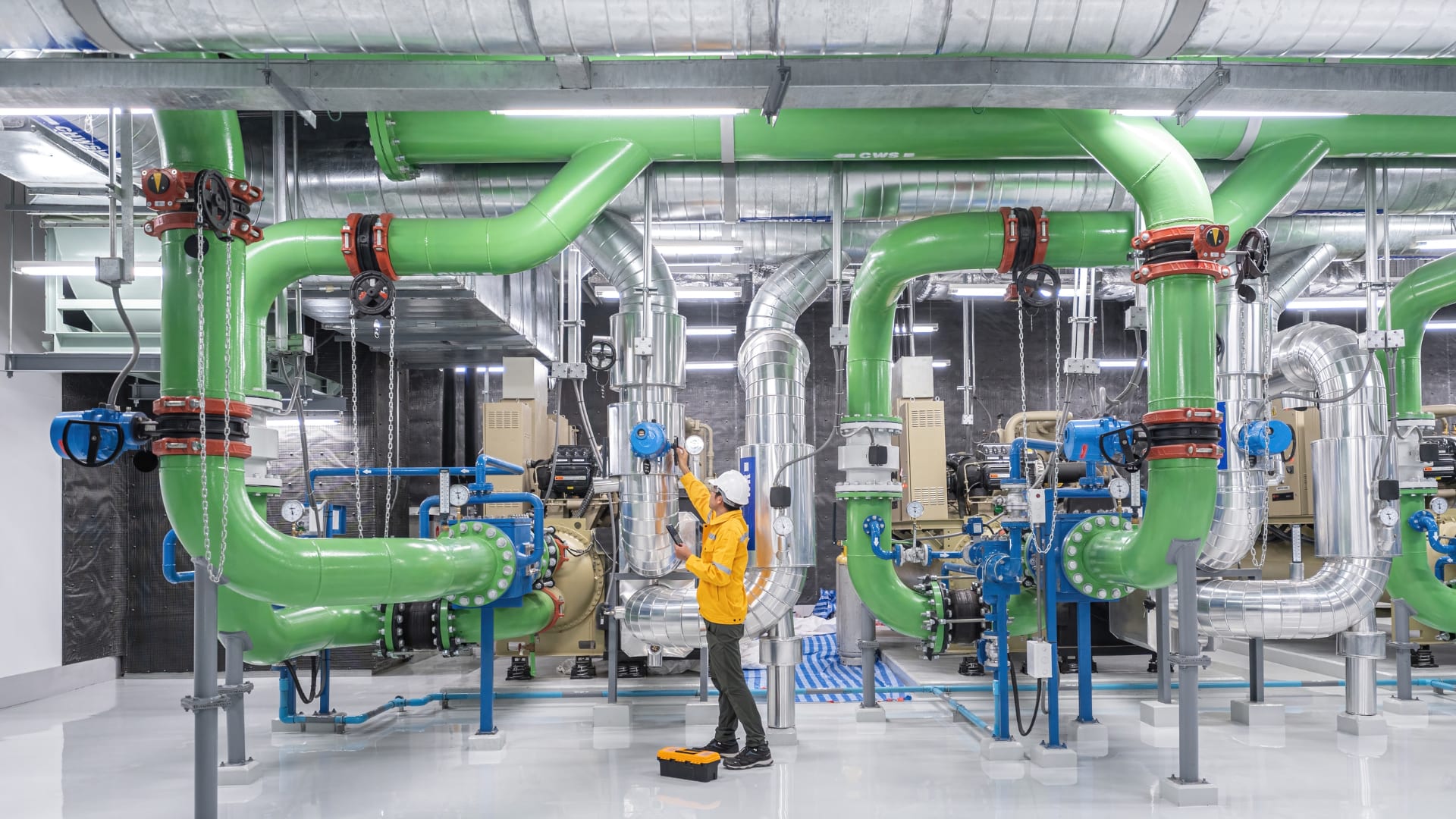The New American Dream Doesn’t Always Include a Degree
- News
- Stories

For decades, the college degree has stood as the gold standard of American success.
Students have been told that a four-year diploma is the key to opportunity, financial security, and upward mobility. Yet, as we move through 2025, that narrative is shifting faster than ever. Across the country, especially in larger populated areas, students are rethinking what it means to build a meaningful future, and increasingly, they’re looking beyond the traditional college route.
College enrollment has been declining for more than a decade, and the COVID-19 pandemic only accelerated the trend.
In 2024, undergraduate enrollment remained 7% below pre-pandemic levels, according to the National Student Clearinghouse. Rising tuition costs, mounting student debt, and doubts about the return on investment have led many students to question whether a degree is still worth it.
“ Students today are demanding a more personalized, flexible, and outcome-focused education. ”
Alternative credentials like certificates, micro-credentials, and bootcamps are gaining traction, particularly when they lead directly to employment. In this new landscape, career relevance and affordability matter more than prestige.
While traditional college enrollment declines, interest in skilled trades is rising.
Electricians, HVAC technicians, mechanics, welders, and construction workers are in high demand, and there are not enough trained professionals to fill the gap. The U.S. Chamber of Commerce reports that trades are among the industries most affected by the ongoing labor shortage, with hundreds of thousands of roles left unfilled.
In construction alone, one in five workers is over the age of 55, and younger workers aren’t entering the field fast enough to replace them.

Interest in skilled trades is increasing in popularity among young adults, especially Gen Z.
“ Many [students] are intentionally choosing trade programs over traditional college degrees. ”
These paths offer clear advantages: shorter, more affordable training, quicker entry into the workforce, and the ability to earn a stable income without accumulating debt. On social media, tradespeople are flipping the narrative, turning once-overlooked careers into aspirational ones by showcasing their skills, independence, and success. For a growing number of students, trades represent more than a job; they offer practical purpose and a faster, more tangible path to financial freedom.
While trade careers continue to gain momentum, the shift hasn’t come without complications.
In some regions, particularly rural and semi-rural areas, there has been a surge of interest in a narrow range of trades, like welding or HVAC, often fueled by social media success stories and word-of-mouth trends. This concentrated demand can lead to oversaturation, where too many workers are funneled into the same field, driving down wages and job availability.
At the same time, other equally vital fields remain critically understaffed. Jobs in advanced manufacturing, healthcare support, and public infrastructure often struggle to attract talent, despite offering stability and strong long-term demand. Without a balanced approach to workforce development, rural areas in particular risk creating new gaps, even as they attempt to fill old ones.
Access is another major hurdle.
For many rural students, attending a traditional college or even a nearby trade school can require long commutes, relocation, or reliable internet access; all of which are harder to come by in under-resourced areas.
“ Rural students are significantly less likely to enroll in postsecondary education, and when they do, they often face higher costs and fewer localized job opportunities that align with their training. ”
Cultural expectations can also play a role.
In close-knit communities, students may feel pressure to enter the workforce early or stick with family trades, even if other interests or talents lie elsewhere. Without exposure to diverse career paths, many young people may never fully explore or develop their potential.

As the educational landscape shifts, so must the systems that support it.
Across the country, schools, nonprofits, and community leaders are creating innovative solutions to meet students where they are and preparing them for where they want to go.
In Tennessee, the state-funded Tennessee Promise program provides free community college and technical school tuition to high school graduates, expanding access to both academic and vocational training. Meanwhile, nonprofits like Year Up and Per Scholas are bridging opportunity gaps by offering tuition-free tech training and job placement for young adults in underserved communities.
Online platforms and hybrid learning models are also reshaping what is possible. Programs like Grow with Google and Coursera partner with schools to deliver career-relevant credentials, often at a fraction of traditional tuition costs. These scalable models give students the chance to earn certifications in high-demand fields, from IT support to digital marketing, without ever stepping foot in a classroom.
However, we need to go further.
Philanthropic support, policy reform, and community engagement are essential to building a system where education isn’t one-size-fits-all but thoughtfully designed to fit the diversity of student needs, aspirations, and circumstances.
The future of education in America is no longer defined by a single road, and that’s a good thing.
By expanding what we consider “success,” we open the door for more students to find meaningful, purpose-driven careers on their own terms. Whether through a traditional degree, a skilled trade, or an emerging credential, every path forward deserves investment, respect, and support.